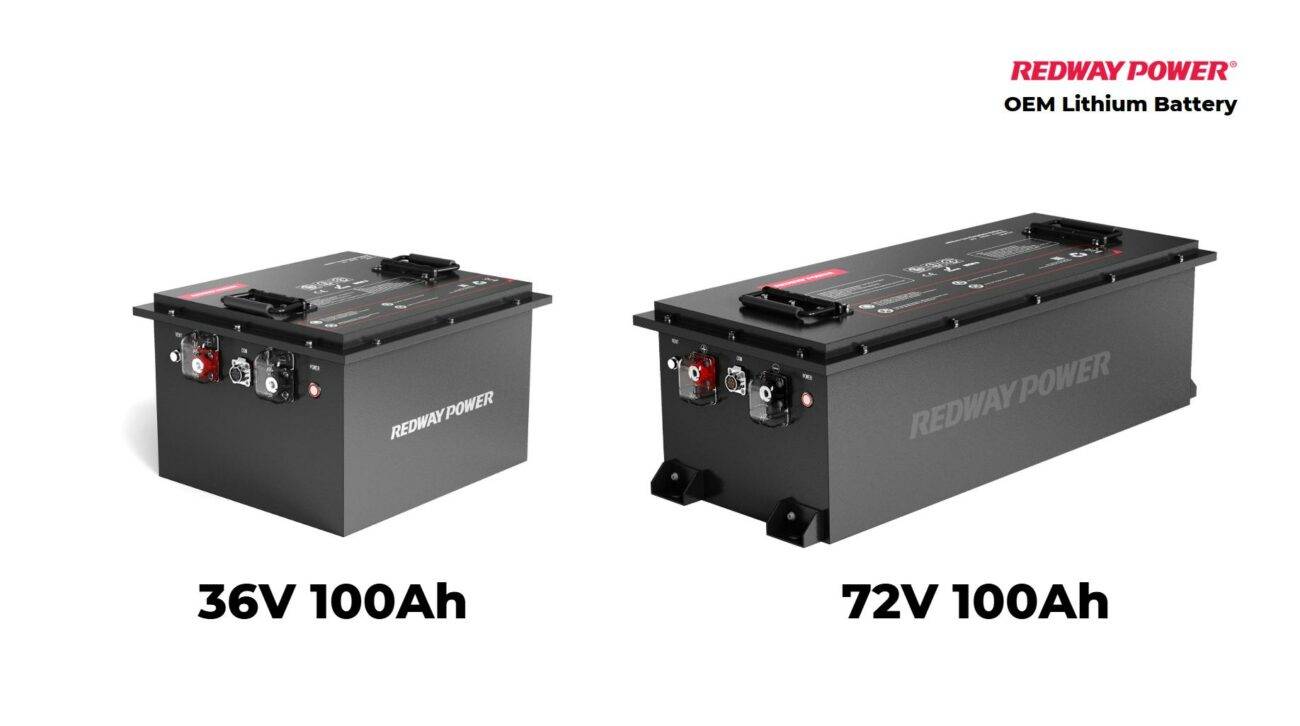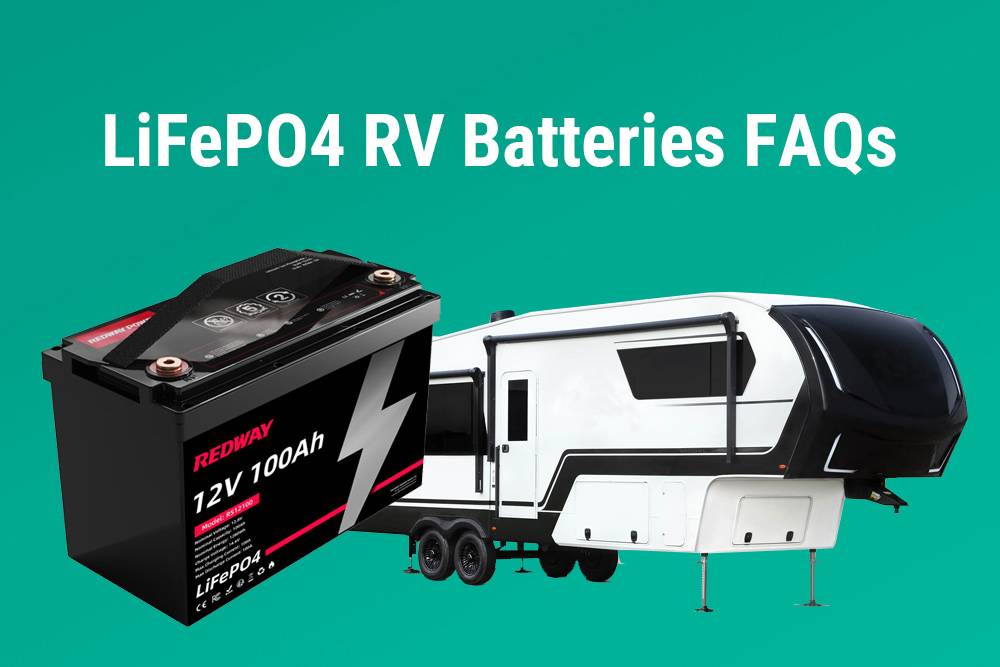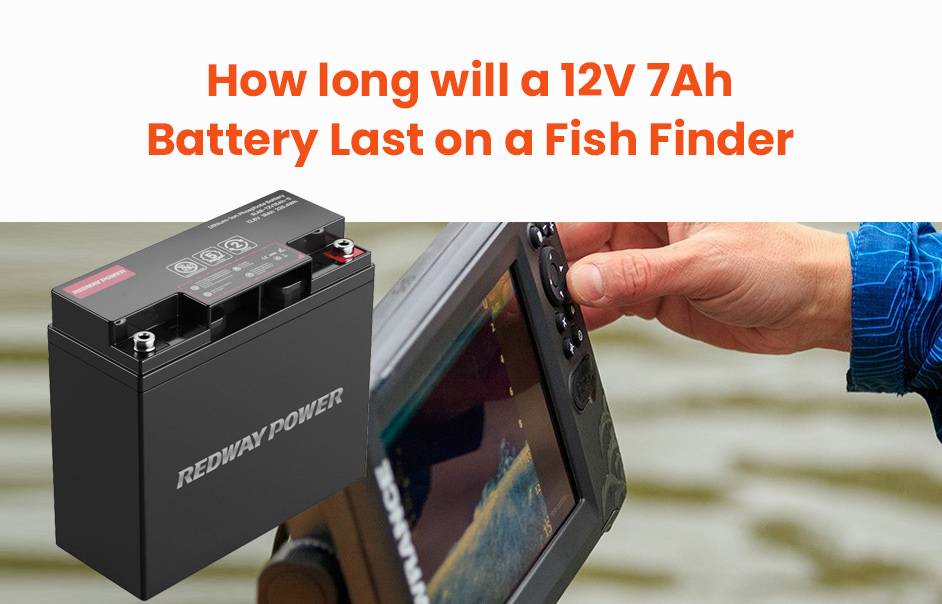- Forklift Lithium Battery
- Golf Cart Lithium Battery
- Rack-mounted Lithium Battery
51.2V 100Ah Rackmount LiFePO4 Battery
8000 times (80% DOD 0.5C)
Optional SNMP for TELECOM - Car Starter Battery
- 12V LiFePO4 Battery
12V 150Ah Lithium RV Battery
Bluetooth App | Self-heating
LiFePO4 | Group 31
UL 1642 | IEC 62619 - 24V LiFePO4 Battery
- 36V LiFePO4 Battery
- 48V LiFePO4 Battery
- 60V LiFePO4 Battery
60V 100Ah Lithium Battery (AGV, AMR, LGV)
Peak Discharge Current 400A
500 x 298 x 349 mm - 72V~96V LiFePO4 Battery
72V 100Ah Lithium Golf Cart Battery
Peak Discharge Current 315A (10S)
740 × 320 × 246 mm - Wall-mounted Lithium Battery
51.2V 100Ah 5kWh
Wall-mounted Battery532 x 425 x 170 mm / LiFePO4
>8000 Cycles (80% DOD 0.5C)
RS485 / CAN-bus
for Solar Home ESS - Home-ESS All-in-One
51.2V 32kWh
All-in-On HESS SystemPowerAll
51.2V / LiFePO4
>8000 Cycles (80% DOD 0.5C)
RS485 / CAN-bus / WiFi
All-in-One for Home ESS
What Is a BCI Group 26 Battery and Why Is It Important?
A BCI Group 26 battery is a standardized automotive or marine battery with dimensions of 8.19″ (L) x 6.88″ (W) x 7.56″ (H), offering 70-85 Ah capacity and 650-800 CCA. It powers vehicles, boats, and RVs, balancing compact size with high power output. Its importance lies in reliability for starting engines and supporting auxiliary electronics in demanding conditions.
12V 100Ah LiFePO4 Battery (Ultra)
What Are the Key Specifications of a BCI Group 26 Battery?
BCI Group 26 batteries feature standardized dimensions (LxWxH: ~8.19″ x 6.88″ x 7.56″), 12V voltage, 70-85 Ah capacity, and 650-800 cold cranking amps (CCA). Terminal types vary (top/post or side terminals), and weight ranges from 35-50 lbs. These specs ensure compatibility with vehicles requiring compact yet powerful energy storage, such as trucks, marine vessels, and RVs.
The higher CCA rating makes Group 26 batteries particularly effective in cold climates where engine oil viscosity increases. For marine applications, the corrosion-resistant terminals and sealed AGM variants prevent damage from saltwater exposure. When selecting a Group 26 battery, consider the reserve capacity (RC) rating, which indicates how long the battery can power essential systems if the alternator fails. A typical RC range of 120-150 minutes makes it suitable for RVs with refrigeration or emergency lighting needs.
| Specification | Group 26 | Group 24 | Group 31 |
|---|---|---|---|
| CCA Range | 650-800 | 500-600 | 800-1000 |
| Ah Capacity | 70-85 | 60-70 | 95-125 |
| Typical Weight | 40 lbs | 35 lbs | 55 lbs |
How Do You Maintain a BCI Group 26 Battery for Longevity?
Maintenance steps: 1) Keep terminals clean with baking soda/water. 2) Check electrolyte levels monthly (for flooded types). 3) Avoid discharging below 50%. 4) Use a smart charger to prevent overcharging. 5) Store at 50% charge in cool, dry environments. AGM or lithium variants require less maintenance but still benefit from voltage monitoring.
For flooded lead-acid batteries, distilled water should be added when plates become exposed, typically every 2-3 months in high-usage scenarios. Invest in a hydrometer to test electrolyte specific gravity – readings below 1.225 indicate insufficient charge. In winter, use insulating blankets to maintain optimal operating temperatures. For AGM batteries, avoid charging at voltages exceeding 14.8V to prevent damage to the glass mat separators. Implement a bi-annual load test to assess capacity retention, especially if the vehicle sits idle for extended periods.
“BCI Group 26 batteries are evolving beyond traditional roles. At Redway, we’ve seen a 40% surge in demand for lithium variants in marine applications—they’re lighter, last longer, and charge faster. However, AGM remains popular for cost-sensitive users. Always match the battery to your system’s CCA and Ah requirements; oversizing can strain alternators, while undersizing risks premature failure.”
FAQ
- How Long Does a BCI Group 26 Battery Last?
- 3-5 years for lead-acid; 8-10 years for lithium. Lifespan depends on usage, maintenance, and charging habits.
- Can a BCI Group 26 Battery Be Used as a Deep-Cycle?
- Standard Group 26 batteries are for cranking. Use dual-purpose or deep-cycle variants (e.g., Odyssey PC925) for cycling.
- Are BCI Group 26 Batteries Interchangeable with Group 27?
- No. Group 27 is larger (12.06″ x 6.88″ x 9.38″) and may not fit Group 26 trays. Verify terminal placement before swapping.






















